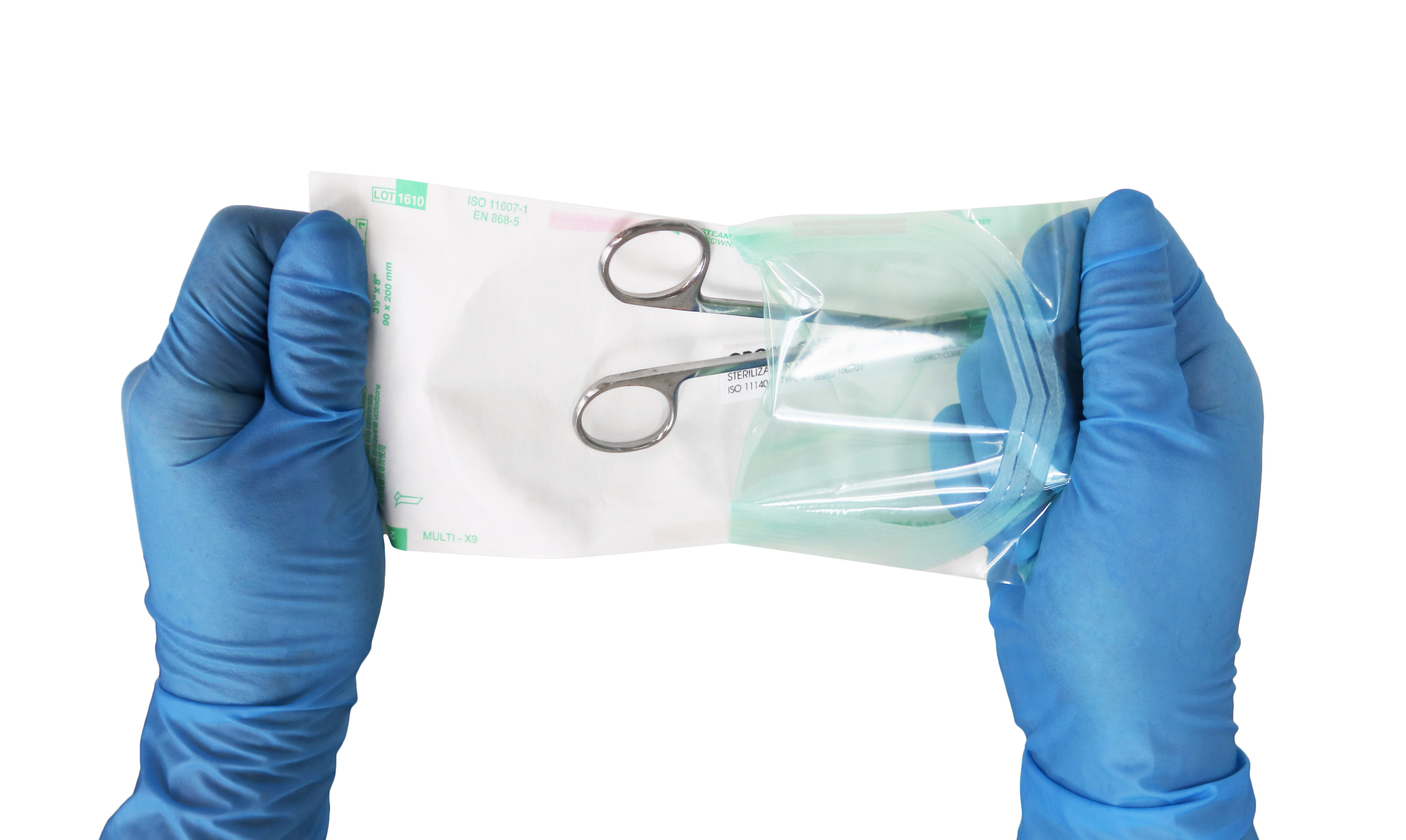THE (DE)NATURE OF PROTEIN – ISSUE NO. 420
June 1, 2017
We joined Healthmark's R&D team a few weeks ago. Both of us went to rival schools. Alexandra went to Western Michigan University (Go Broncos!) while Jessica went to the better school, Central Michigan University, (Fire Up Chips! - even though Broncos won in football in 2016). However, we put our differences aside and are best friends while working together. One focus in R&D that is imperative to infection control is proper reprocessing of medical devices. We know that, after processing, proteins denature and may remain on the surface or inside of the equipment, affixing to the device and in turn making them hard to remove.
So what are denatured proteins and why do they matter? Denaturation of proteins occur when the structure of proteins are altered due to contact with heat, enzyme action, or changes to the pH - all things that happen during cleaning, disinfection and sterilization of surgical instruments.
Thinking about protein denaturation, a familiar example of heat-caused denaturation is the changes observed in the albumin protein of egg whites when they are cooked. When an egg is first cracked open, the "whites" are translucent and runny, but upon heating they harden and turn white. Cleaning all of the remaining eggs off a frying pan is difficult, so one can imagine that removing denatured proteins from medical devices is too. Denatured proteins increases the chances of biofilm build up in medical devices which can lead to transmission of infection from patient to patient.
As it is difficult to remove denatured proteins, how can one be sure that the medical devices have been properly cleaned? This is where Healthmark's protein detection products come in handy. Healthmark has developed the ProCheck™ and EndoCheck™-P products which can detect down to 1 µg of protein both in its native state as well as in the denatured state. The test is a very simple test that is easy to use. All one has to do is simply use a moist swab tip to swab the surface and place it into the liquid solution. If the color remains unchanged, the surface is demonstrably clean. However, if the liquid or any part of the swab turns a blue-green color, it means that there is still protein left on the surface and it needs to be re-cleaned. If the protein is not denatured, color change will be almost instant. If the protein is denatured, the color change may take as long as 5 minutes.
There are other protein tests on the market, but they do not detect denatured proteins - ProCheck and EndoCheck-P do!! Wouldn't you prefer to be sure your devices are clean rather than just assuming because they look clean?
Remember to always think like a proton! Always positive!
HAVE A QUESTION?
WE ARE HERE TO HELP
Have a question about our products? Contact us today to speak directly to a Healthmark team member or shop our catalog now to request a inquiry


